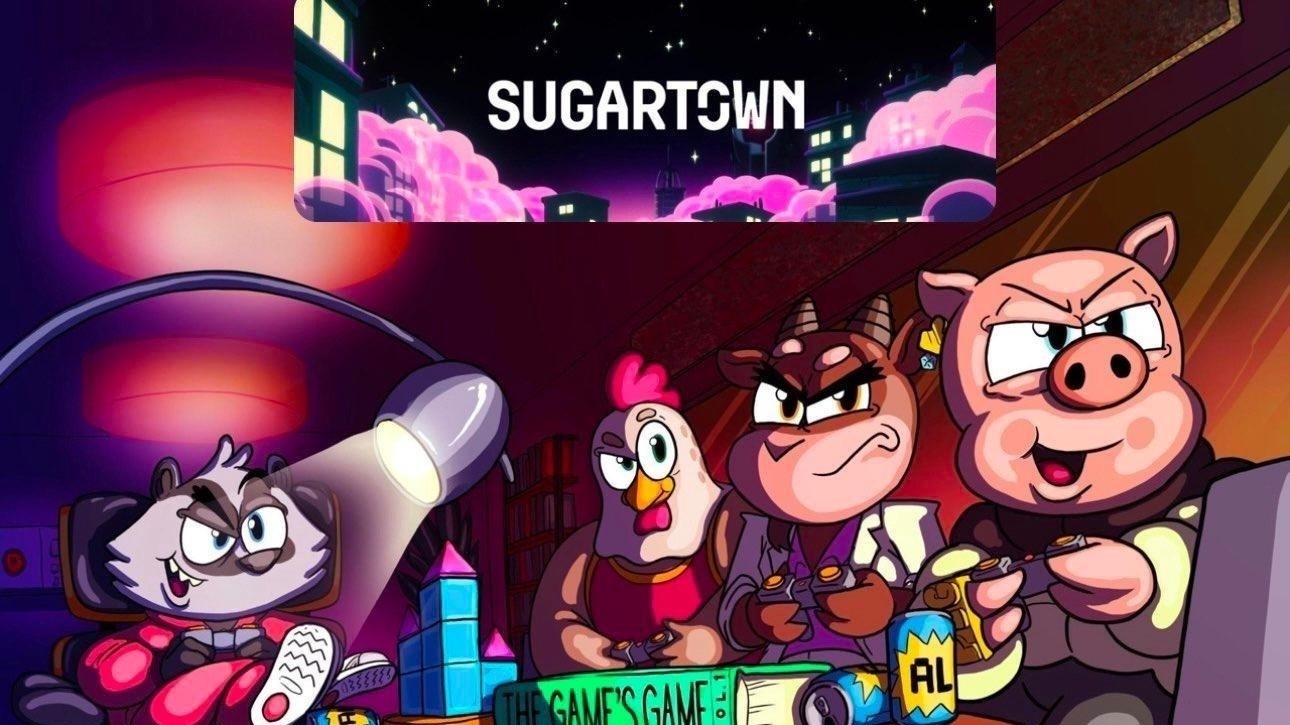What do marketplaces look like in games? That’s the question that led us to conduct a deep-dive analysis of a sampling of 25 prominent and widely used game marketplaces, in order to better understand the different mechanisms they use, the flaws and potential evident in each, and their impact on players, developers and gameplay. Based on this audit, we were able to discern certain patterns in how game marketplaces are deployed and utilized, and ultimately, to identify some possible best practices.
The 25 marketplaces we audited broadly fell into four categories: Official marketplaces run by game developers ; third-party marketplaces run by entities other than game developers, but using officially provided APIs and operating with their formal acquiescence; a handful of open marketplaces for goods and services, like eBay, that happen to be used by players for game asset trading; and “gray market” exchanges, which can be described as marketplaces that are not officially provided by the game developers themselves, that support transactions outside of developer guidelines, and that exist primarily because developers have not yet enforced those guidelines.
The key triggers for the emergence of gray markets include:
- Lack of key transaction features in official game platforms (e.g., direct peer to peer transactions, real-time pricing, robust indexing or search functions, etcetera)
- Desire to engage in transactions at lower costs, since many gray markets can offer items at lower price points than developers are willing to allow, or mediate transactions with lower intermediary fees
- Shortage of high-demand items in official marketplaces, incentivizing players to seek them out via unofficial sources transact, or sometimes, across different geographic regions
While there are player benefits associated with gray markets, these benefits come with increased risks: Vulnerability to scams, incorrect activation keys, theft and resale of stolen items and even exposure to computer intrusion and identity theft. And because these marketplaces are not officially supported by game developers themselves, players who fall prey to these risks have little recourse for recovery of lost items or money.
All the marketplaces we examined offered listings of assets for sale, with current pricing, albeit with different levels of sophistication in how those listings could be searched, sorted or filtered. However, only just under half of them offered historical price data on assets.
The two most common paradigms by which marketplaces connect sellers and buyers are the “list price” system, where sellers offer their items at fixed prices for buyers to scan and choose among, and the “auction” system, where sellers offer items for any interested buyers to bid on over a set amount of time, selling the item to the highest bidder at close of auction.
The majority of marketplaces we analyzed did not have an auction mechanism, opting instead for list price buying and selling. This is understandable, as mechanically, list price marketplaces are easier to implement and offer more certainty around the outcome of a transaction.
However, auctions were more prevalent in games with a significant amount of high-value, rare items. Auctions help centralize market interest, which can be useful for assets with difficult-to-determine values, or where there is a low supply coupled with excess demand. Because auctions generally produce higher prices than lists, they tend to benefit sellers over buyers, although this can be mitigated via policies like restrictions on maximum auction duration.
Most, but not all, marketplaces require some kind of fee to engage in transactions. Generally, however, there were a few patterns in how marketplaces implemented fees.
- The mean fee on transactions was 6%, almost always charged to the seller. Very few marketplaces charged buyer fees, and where there were such fees, they were at least 50% lower than seller fees.
- A third of marketplaces had 0% transaction fees for buying and selling, but many of these implemented subscription fees, or, commonly, fees charged for currency withdrawn from the system.
- The marketplaces that charged no fees whatsoever tended to be forum-based / chat-based marketplaces, in which users post messages offering items for sale and are contacted by other users who are browsing said messages. These marketplaces tend to have rudimentary tools for discovery, no transaction mechanisms (value transfer is handled independently by the users themselves) and minimal moderation, all of which should be expected given the zero-fee structure.
Game asset marketplaces can serve a number of different functions within games: They can create incentives for players to earn game currency or spend real world money; they can turn in-game achievements (quests accomplished, items won, or materials crafted) into opportunities for players to more rapidly progress their game journeys, enhancing their enjoyment and engagement; and, in marketplaces where game assets can be converted into fiat cash, they can even convert games into full-fledged economies, in which players aren’t simply pursuing entertainment — they’re earning a living. However, for this last step to legally occur, and the promise of community economics to bloom, an array of regulatory and technical issues must first be resolved, as might be expected whenever the potential to earn real-world money is created. These issues can be challenging for developers. Those challenges are what Forte has been working on solving, in order to offer a simple way for developers to add ownable digital assets and robust marketplaces to their games.
Want to see more detailed survey results and case studies about game marketplaces? Read our in-depth article here.



